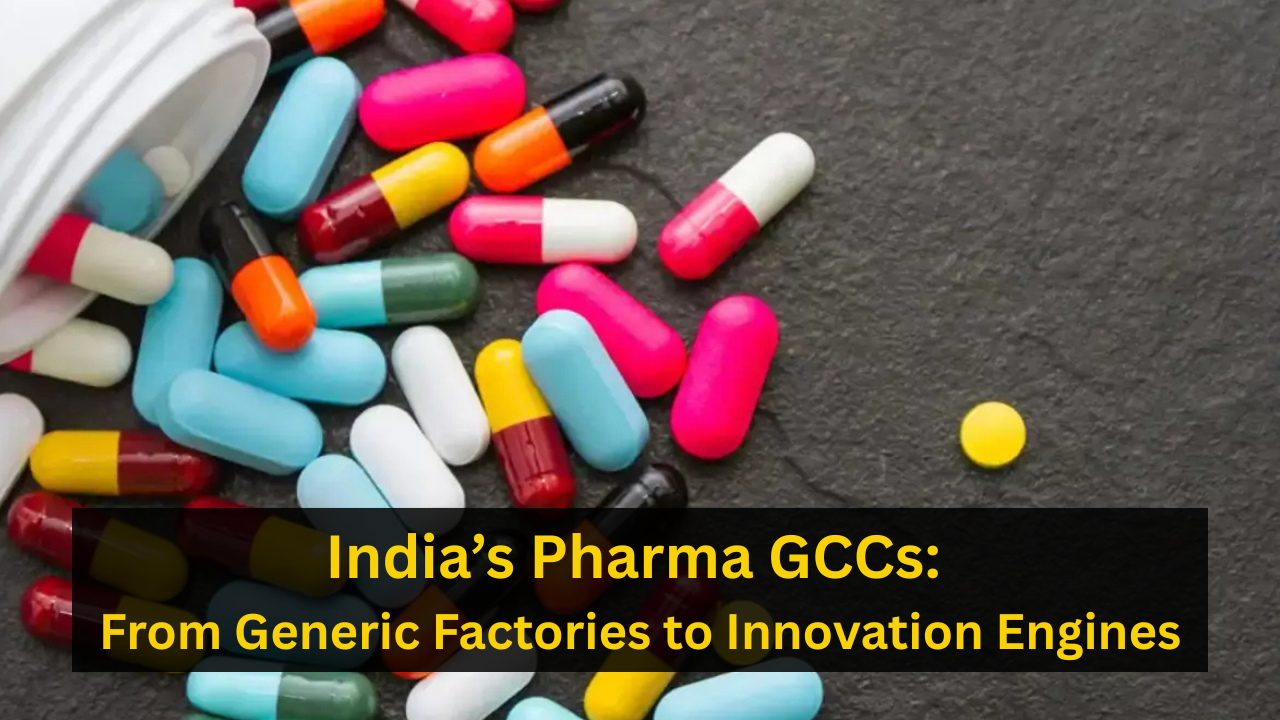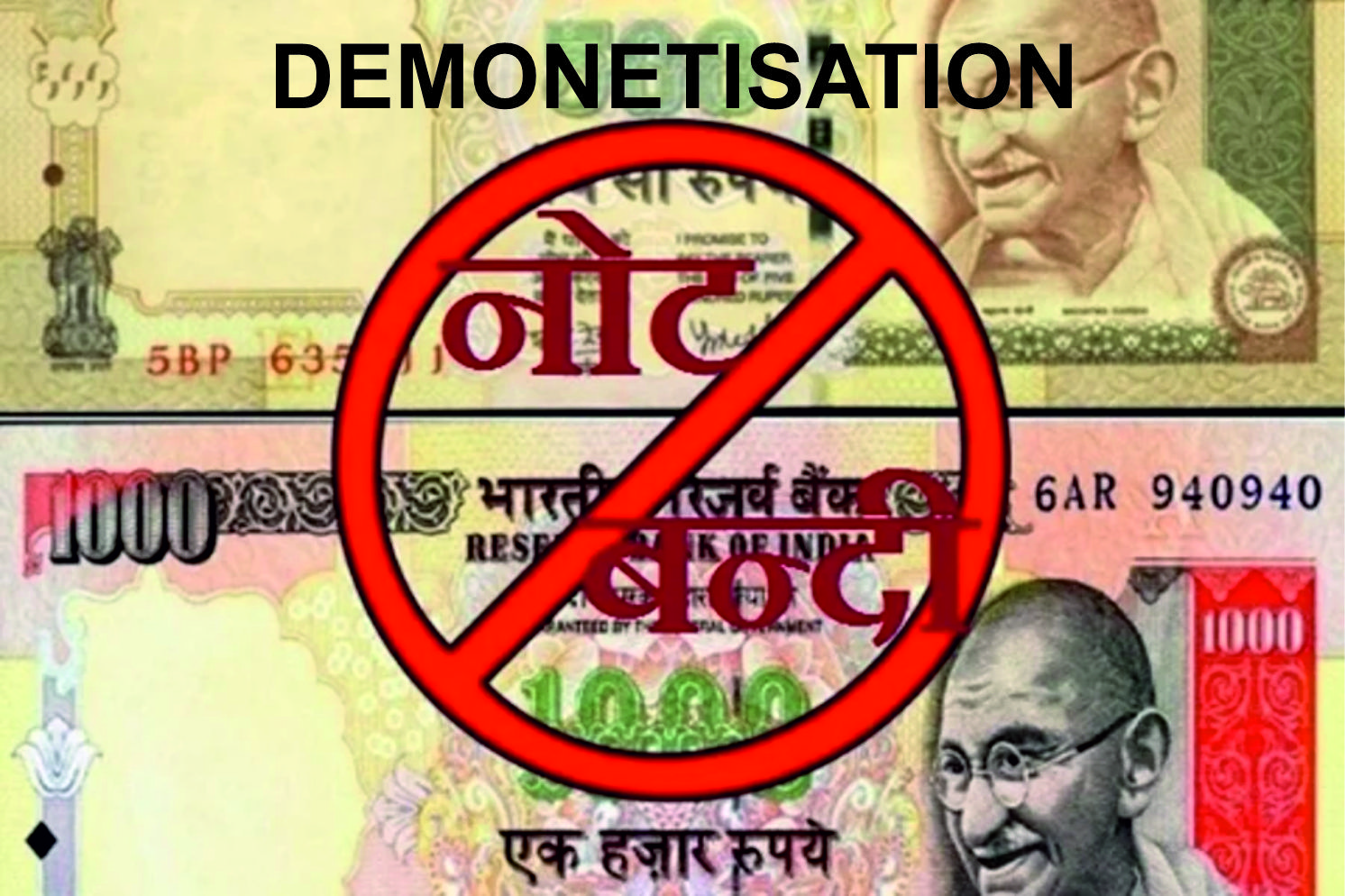India’s Pharma GCCs: From Generic Factories to Innovation Engines

India’s pharmaceutical industry, long a global leader in affordable generics, is undergoing a seismic shift. With over 55 Global Capability Centres (GCCs) in the pharma and life sciences sector, India is transitioning from a manufacturing hub to a powerhouse of research, innovation, and end-to-end value chain capabilities. These GCCs are projected to grow to 160 by 2030, creating over 420,000 jobs and redefining India’s role in the $1.5 trillion global pharma market. This transformation is driven by a potent mix of talent, technology, supportive policies, and the recent GST 2.0 reforms, which are slashing costs and boosting competitiveness. However, challenges like regulatory uncertainty, skill gaps, and infrastructure needs must be addressed to sustain this momentum.
The Evolution of Pharma GCCs
Historically, India’s pharma sector thrived on cost-effective generic drug production, with exports exceeding $25 billion annually. Today, GCCs operated by giants like Pfizer, Novartis, and AstraZeneca are expanding beyond back-office tasks to core functions like drug discovery, clinical trials, and regulatory affairs. This shift is fueled by India’s STEM talent pool—offering 30-50% cost savings compared to Western markets—and a supportive policy environment.
Key Developments Driving the Shift
-
Broader Capabilities: GCCs now handle drug discovery (e.g., virtual compound screening via computational biology), clinical trial operations ($2 billion market in India), real-world evidence (RWE) analytics, pharmacovigilance, and commercial operations. For instance, Bengaluru-based GCCs use AI to monitor adverse drug events globally, reducing recall risks.
-
Innovation Focus: GCCs are pioneering advanced drug delivery systems (e.g., nanoparticle-based cancer therapies), digital therapeutics (e.g., diabetes management apps), and generative AI for drug design, cutting discovery costs by up to 50%. They now contribute 15-20% of global innovation pipelines.
-
Job Growth: The sector employs over 300,000 professionals, with demand surging for AI/ML experts, data scientists, and bioprocessing engineers. By 2030, employment could exceed 420,000, with salaries 20-40% higher than in IT GCCs.
-
Policy Support: The Production Linked Incentive (PLI) scheme offers ₹15,000 crore in R&D incentives, while states like Maharashtra and Tamil Nadu provide land subsidies, single-window clearances, and up to 50% skill training subsidies. Regulatory sandboxes fast-track approvals for advanced therapies like CAR-T cells.
GST 2.0: A Game-Changer
Announced on September 3, 2025, and effective from September 22, GST 2.0 streamlines India’s tax structure, collapsing multiple slabs (5%, 12%, 18%, 28%) into 5% and 18%, with essentials at 0%. For pharma, this reform is transformative:
-
Cost Reduction: Zero-rating of 33 life-saving drugs (e.g., cancer therapies), diagnostic kits, and medical devices (e.g., pacemakers) cuts input costs by 7-10%, lowering drug prices by 5-8% and boosting access for 300 million+ low-income households.
-
R&D Boost: Lower GST on APIs and lab equipment frees up ₹5,000-10,000 crore annually for GCCs to invest in AI-driven drug discovery and clinical ops.
-
Compliance Ease: Simplified tax structures and a waiver on re-labelling existing stockpiles save ₹2,000 crore in logistics costs, enhancing liquidity for GCC expansions.
-
Export Edge: While non-essential formulations face an 18% slab, the overall cost savings strengthen India’s competitiveness in high-margin biologics and personalized medicine exports.
These reforms align with PLI incentives, making India a magnet for global R&D and reinforcing GCCs as innovation hubs.
Challenges to Overcome
Despite the optimism, hurdles remain:
-
Global Headwinds: US-China trade tariffs and regulations like the EU’s AI Act have slowed hiring by 10-15% in 2025, pushing GCCs to diversify operations.
-
Skill Gaps: Only 5-10% of India’s 1.5 million annual engineering graduates are pharma-ready for specialties like AI in drug design or regulatory science. Academia-industry pacts (e.g., IIT’s pharma-AI degrees) are critical.
-
Infrastructure Needs: Tier-2 cities lack advanced labs for biologics or gene editing. Clinical trial networks need broader demographic coverage, and data privacy regulations (DPDP Act) require clarity.
-
Long-Term Investment: Drug discovery ROI spans 10-15 years, forcing GCCs to balance quick-win generics with high-risk biotech bets. Venture funding, at $2 billion in 2024, must scale.
Outlook: A Bright Future
By 2030, India’s pharma GCCs are poised to redefine the global landscape:
-
Growth Projections: From 100 GCCs in 2024 to 160 by 2030, with a 15% CAGR in investments and employment surpassing 420,000.
-
Innovation Hubs: GCCs will leverage AI, automation, and real-world data for hypothesis generation and trial simulations, acting as co-innovation partners rather than cost centres.
-
Ecosystem Synergy: Contract Research Organizations (CROs) like Syngene, biotech startups like Bugworks, and regulatory consultancies will scale, supported by training institutes like IICT Hyderabad.
-
State Leadership: Tamil Nadu’s “Pharma City” and Karnataka’s R&D subsidies will attract more GCCs, with plug-and-play infrastructure and tax holidays.
Conclusion
India’s pharma GCCs are no longer just factories—they’re innovation engines driving global pipelines. With GST 2.0 reducing costs, robust policies fueling R&D, and a burgeoning talent pool, India is poised to capture 10% of the global pharma market by 2030. Yet, success hinges on addressing skill gaps, scaling infrastructure, and navigating global uncertainties. As GCCs evolve into co-creators, India’s pharma story is becoming one of brains, not just brawn, promising equitable healthcare and economic growth for millions.



 179
179

 The BharatBiz
The BharatBiz
 16
16

